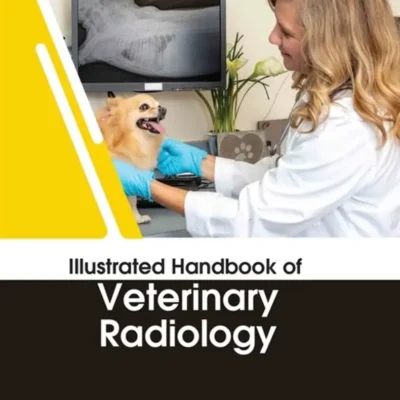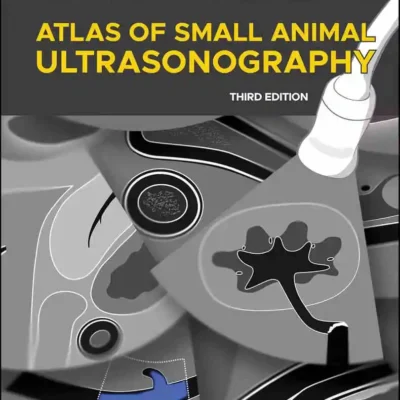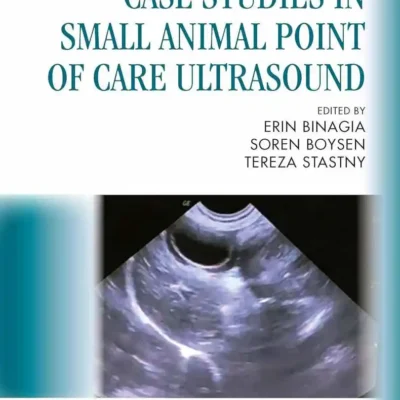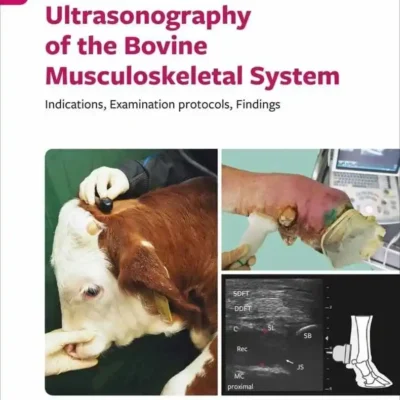Diagnostic Ultrasound and Animal Reproduction
by M.A.M. Taverne, A.H. Willemse
1989th Edition (June 2013)
The use of ultrasonic imaging techniques for diagnostic purposes in veteri nary medicine and animal science has lagged far behind their use in human medicine. In the area of domestic animal reproduction, diagnostic ultrasono graphy has a relatively short history. Reports on B-mode scanning first appeared as late as 1969, when Stouffer and co-workers used it for counting foetal numbers in late gestation sheep. After Lindahl had re-evaluated the potential of two-dimensional ultrasonography for pregnancy diagnosis in sheep in 1976, results of the first large scale field-trials by Fowler and Wilkins on predicting foetal numbers during the first half of gestation in sheep were published as recently as 1980. In this year also the first paper, by Palmer and co-workers, on ultrasonic scanning of the uterus and ovaries in the mare appeared.
The improvement of diagnostics which was achieved by the application of this technique is illustrated by its present routine use in clinical equine practice and sheep breeding. Besides offe ring an accurate early pregnancy diagnosis in species such as the horse, cow, sheep, goat, pig and dog, ultrasonography enables the visualization of ovarian and uterine structures for the identification of both physiological and pathological conditions. In this way it replaces or supplements the more common diagnostic techniques used by the general practitioner so far. Ultrasonography has also opened several new lines of research for clini cians and research workers.
PDF 4.1 MB








